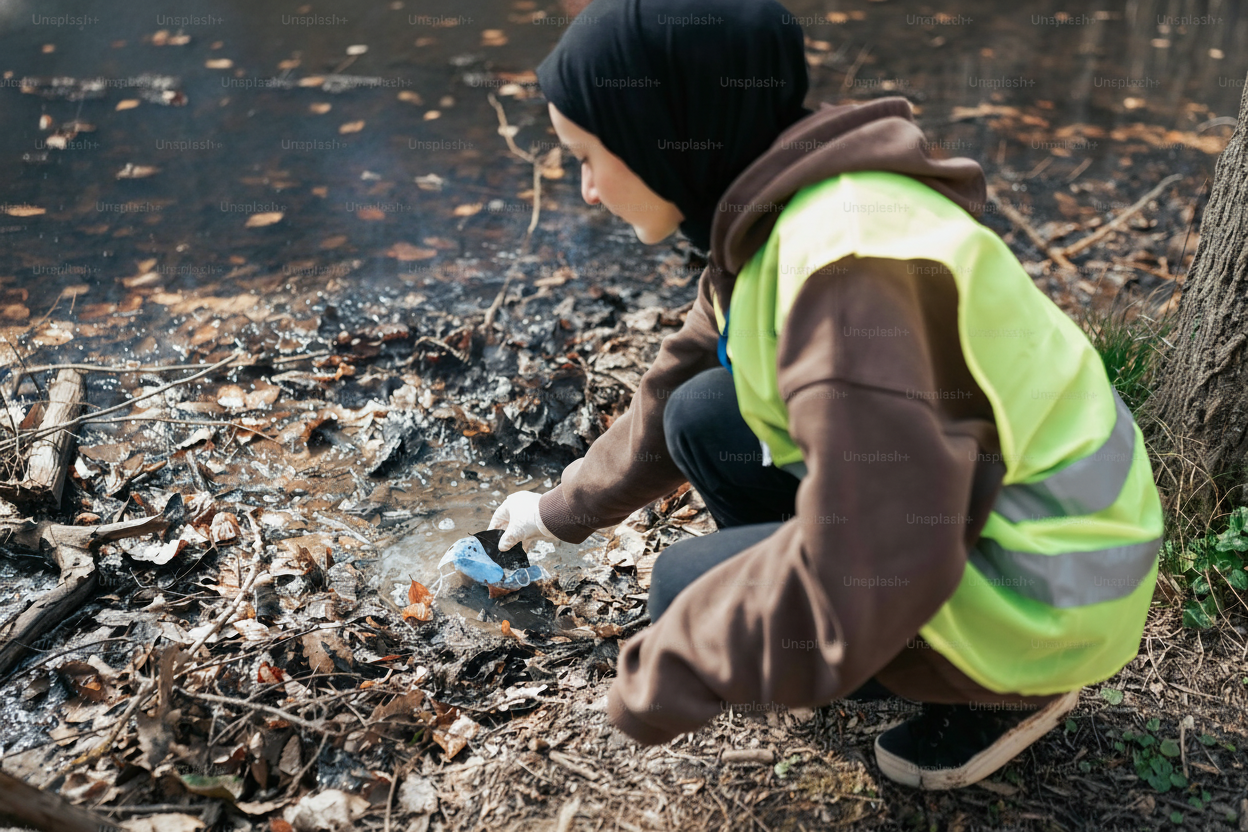Storm Damage Cleanup Guide: 5 Steps to Restore Your Home in 2025
Uncategorized
November 22,2025
Storm Damage Cleanup Guide: 5 Steps to Restore Your Home in 2025

Alt text: Professional workers cleaning up storm debris around a residential property, showing teamwork during post-storm restoration
When severe weather strikes your property, the aftermath can feel overwhelming. Dealing with fallen branches, roof damage, and water intrusion requires immediate attention and a clear plan. This guide walks you through the essential storm damage cleanup process, helping you restore your home safely and efficiently.
Quick action matters: The first 24-48 hours after a storm are critical for preventing additional damage like mold growth and structural deterioration.
Prioritize safety before starting cleanup
Your safety comes first after any storm. Before you begin assessing damage or cleaning up debris, take these critical safety steps.
Check for immediate hazards like downed power lines, broken gas pipes, or severe structural damage. If you spot anything dangerous, contact emergency services right away. Never attempt to move downed power lines or approach damaged utility equipment. Wait for official clearance if evacuation orders are in place.
Safety first: Always wear protective gear including heavy gloves, sturdy boots, and a hard hat when inspecting your property.
Once authorities give the all-clear, document everything with photos and videos before you move anything. This documentation proves essential when filing a roof insurance claim with your provider.
Follow these 5 storm damage cleanup steps
Once safety is secured, follow this systematic approach to restore your property effectively.
Step 1: Clear debris carefully. Start by removing fallen branches, leaves, and scattered materials from your yard and roof areas. Work methodically and watch for sharp objects or unstable materials. Use proper lifting techniques to avoid injury. Pile debris in a designated area away from structures. Check local regulations for storm debris disposal, as many communities offer special collection services after major weather events.
Step 2: Remove water and dry affected areas. Standing water demands immediate attention. Use sump pumps or wet/dry vacuums to extract water from flooded spaces. Speed is critical because mold can begin growing within 24-48 hours of water exposure. Open windows to improve air circulation. Run fans and dehumidifiers continuously until all surfaces are completely dry. Pay special attention to hidden areas like wall cavities and under flooring.
Pro tip: Take before and after photos of debris removal to support your insurance documentation.
Step 3: Secure exposed areas temporarily. Protect vulnerable spots from additional damage while you arrange permanent repairs. Cover broken windows with heavy plastic sheeting or plywood boards. Secure the coverings firmly to prevent wind from ripping them loose. For roof damage, learn how to tarp a roof properly to prevent water intrusion. A well-installed tarp can protect your home for weeks while you schedule professional repairs.
Step 4: Sort damaged belongings. Assess which items can be salvaged and which must be discarded. Wash and disinfect anything that contacted floodwater to eliminate bacteria and contaminants. Discard porous materials like carpet padding, insulation, and upholstered furniture that absorbed water. These items cannot be adequately cleaned and will harbor mold growth.
Step 5: Dispose of debris properly. Contact your local waste management service about storm debris collection. Many areas establish temporary drop-off sites or special pickup schedules after major storms. Separate debris into categories like vegetation, construction materials, and household items. This sorting often speeds up the disposal process and may be required by local regulations.

Alt text: Homeowner carefully inspecting roof damage after a storm, documenting property damage for insurance claim
Storm cleanup timeline and priorities
Understanding the timeline for storm damage cleanup helps you prioritize tasks and prevent further damage to your property.
| Timeframe | Priority Tasks | Why It Matters |
|---|---|---|
| 0-24 hours | Safety assessment, emergency contacts, initial documentation | Prevents injuries and establishes insurance claim foundation |
| 24-48 hours | Water removal, debris clearing, temporary repairs | Stops mold growth and prevents secondary water damage |
| 2-7 days | Complete drying, sort belongings, schedule professional inspections | Ensures thorough moisture removal and identifies hidden damage |
| 1-4 weeks | Permanent repairs, debris disposal, final documentation | Restores home to pre-storm condition and completes insurance process |
Prevent future storm damage
Taking proactive steps now can minimize damage from future storms. Start by identifying vulnerable areas around your property where water pools during heavy rain.
Install proper drainage systems to redirect water away from your foundation. Clean gutters and downspouts regularly to ensure water flows freely. Consider extending downspouts to carry water at least 6 feet from your home.
Schedule regular roof inspections, especially before storm season. Understanding how old your roof is helps you plan for maintenance or replacement. Most roofing materials have specific lifespans, so knowing how long a roof lasts helps you budget accordingly.
Trim trees and remove dead branches that could fall during high winds. Secure outdoor furniture and decorations that could become projectiles in severe weather.
Get professional help for major repairs
While you can handle basic cleanup yourself, major repairs require professional expertise. Roof damage, structural issues, and electrical problems need trained specialists to ensure safe, lasting repairs.
At Foxhaven, we understand the stress that storm damage brings to homeowners. Our experienced team provides comprehensive assessment and repair services to restore your property quickly and correctly.
Don’t wait for small problems to become major issues. Contact Foxhaven today to schedule a thorough inspection and get your home back to its pre-storm condition.
